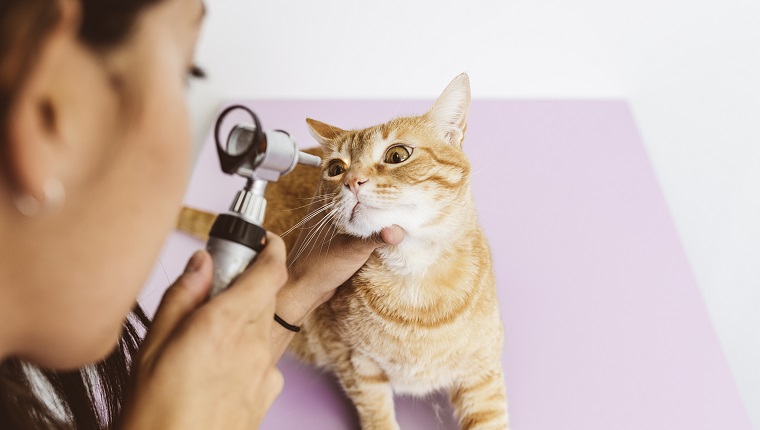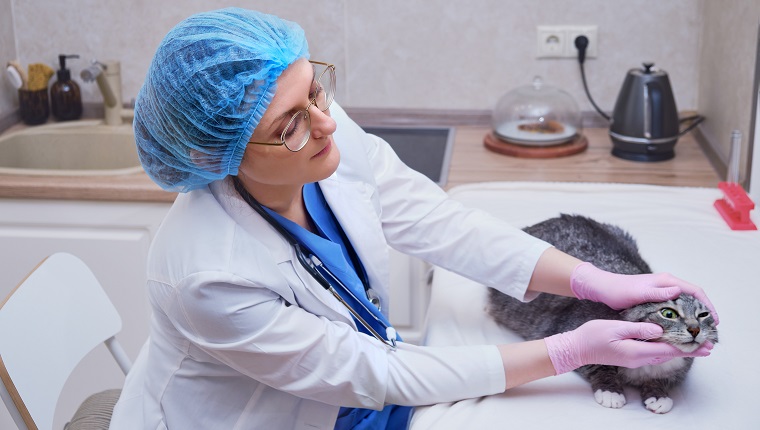Iris atrophy in cats is a medical condition that is brought about by the muscle of a cat’s iris, the colorful part of the eye that surrounds the black pupil, beginning to weaken and thin. This can bring about light sensitivity issues for a cat.
While the condition can affect cats of any age or breed, it seems to affect felines with blue irises more than cats with other colored irises.
If you see signs that your kitty might be developing eye issues, then you must consult your veterinarian for a proper diagnosis and advice. Here’s what you should know about the symptoms, causes, and treatments of iris atrophy in cats.
Symptoms Of Iris Atrophy In Cats
Iris atrophy in cats can often bring on light sensitivity issues. Additionally, the following symptoms are common for cats who develop the condition:
- Light reflex issues
- Pupils becoming different sizes
- Swollen cornea
- Holes in the iris
- Irregular shaped iris
Causes Of Iris Atrophy In Cats

The cause of iris atrophy in cats is often simply part of the natural aging process.
In some instances, the underlying conditions of glaucoma or uveitis may be causing the issue. Additionally, cats with blue irises seem most likely to develop it.
Veterinary Treatments
If you worry that your cat is developing iris atrophy, your veterinarian will want to carry out a full eye examination. This process will likely involve shining a light into your feline’s eyes and analyzing how the iris reacts and what condition it is in.
When diagnosing your cat, your vet will also take steps to rule out any other eye conditions that might show similar symptoms.
When it comes to treatment, vets most often will attempt to treat the underlying cause behind the issue. The condition cannot be reversed, so your vet will focus on slowing the progression of the disease.
It is also worth remembering that, in most cases, the condition isn’t painful.
Has your cat developed iris atrophy as they’ve grown older? Is your vet providing treatment to keep your cat’s eyes healthy? Tell us all about it in the comments below.









